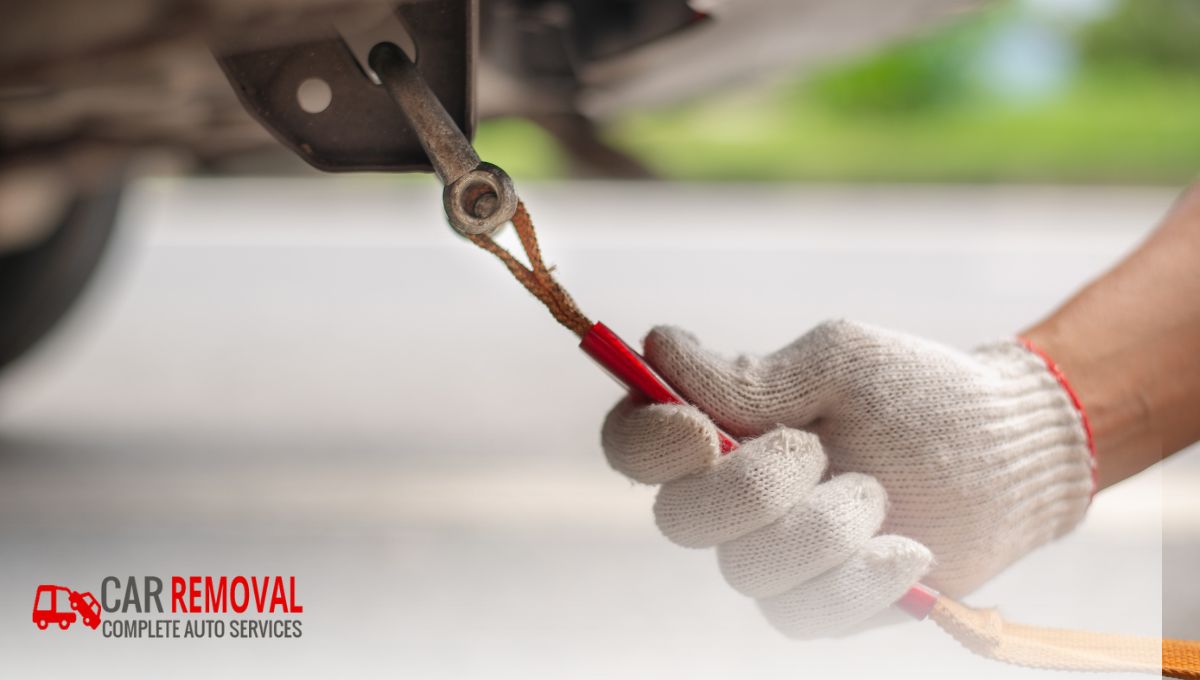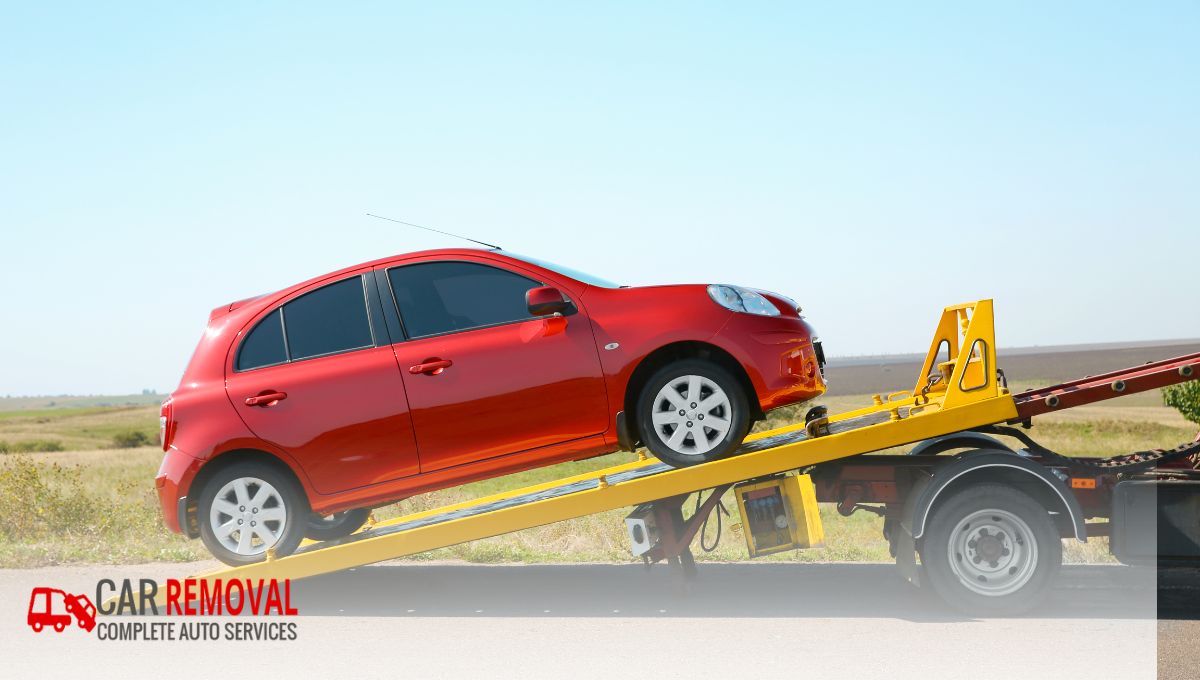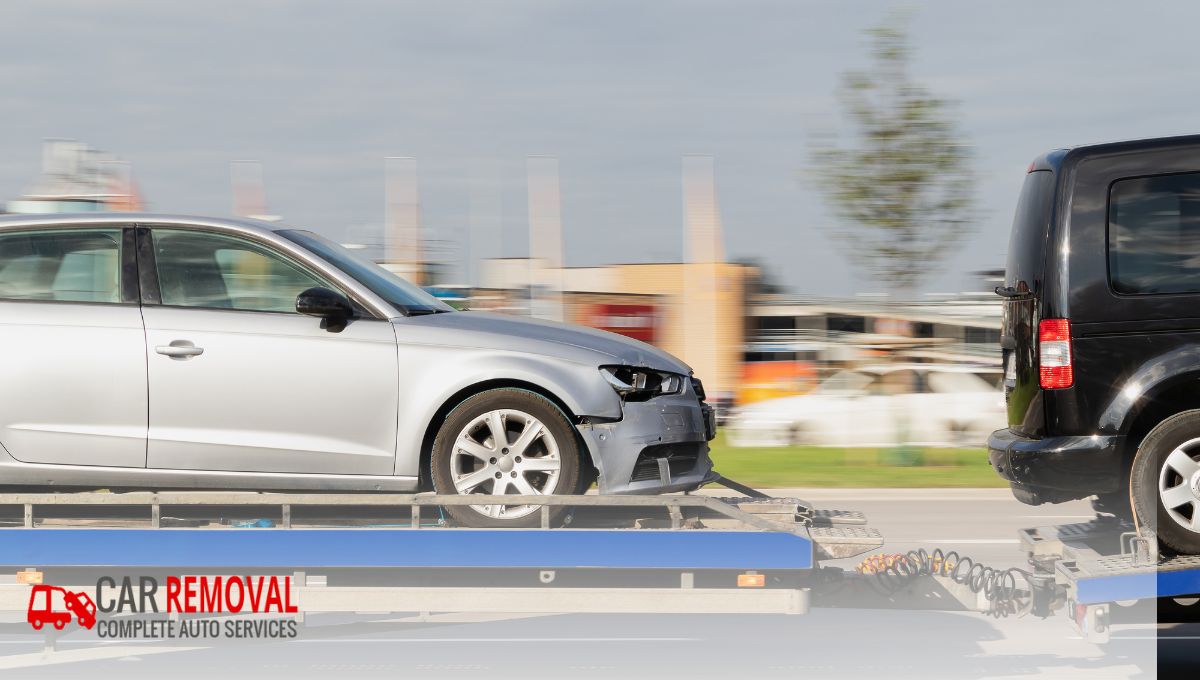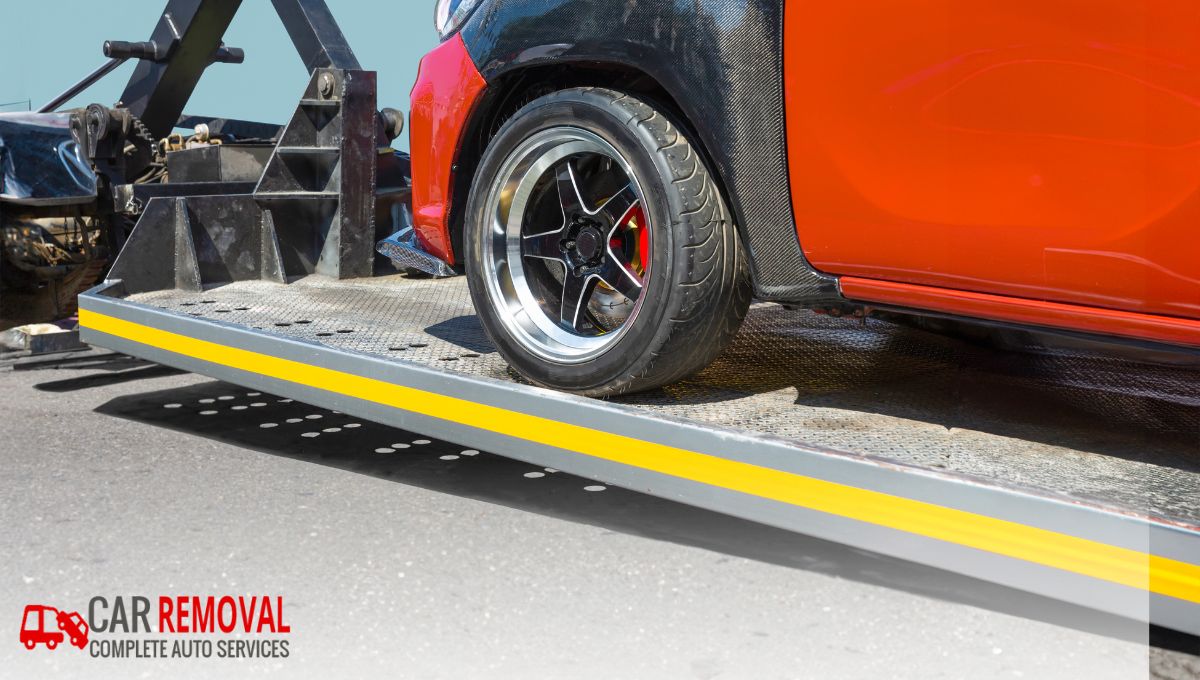
We’ve all seen it. One of our tow trucks driving away from a suburban Perth home with an old car secured on the back. It might be a classic Holden Commodore that’s seen its last sunset over Cottesloe beach, a trusty Ford Falcon ute that’s hauled its final load of garden soil, or a well-travelled 4WD that’s explored its last track down south.
As it disappears down the street, it’s easy to think, "Well, that’s the end of that story." You imagine it heading to a scrap yard, being unceremoniously crushed into a cube, and that’s that. But that’s not an ending. It’s the beginning of a dozen different, incredible new journeys.
At Car Removal Perth, we don't just see an old car; we see a complex collection of steel, aluminum, copper, plastic, rubber, and precious metals. For over 15 years, our job has been not only to give you instant cash for your car but to act as the starting point for one of the most successful recycling stories in modern industry.
So, where do the parts of your old car actually go? Let's follow them on their final, great Australian road trip.
The First Stop: The Modern Deconstruction Yard
Before any part can begin its new life, the car arrives at a licensed and environmentally-conscious recycling facility—a world away from the old, oil-stained scrap yards of the past. Here, the first and most critical step is de-pollution.
A car is full of fluids that are harmful to our fragile WA environment. To protect our groundwater and soil, the car is meticulously drained of every liquid: engine oil, coolant, brake fluid, transmission fluid, and any remaining petrol. The lead-acid battery is carefully removed, and the refrigerant gases from the air conditioning system are safely captured. Only once the vehicle is completely inert and environmentally safe can the real deconstruction begin.
The Journey of the Steel Frame (The Backbone)
The largest single component of your car is its body and frame, made primarily of high-quality steel. This is the car's backbone, and its journey is one of immense scale and transformation.
After all other parts are removed, the empty steel shell is fed into a massive industrial shredder. In a deafening roar of power, the car you once knew is torn into fist-sized pieces of metal in under a minute. As these pieces tumble out, they pass under giant, powerful rotating magnets. This is where the first act of magic happens: all the steel and iron (ferrous metals) are instantly pulled up and separated from the rest of the material.
This clean, high-quality recycled steel is then compressed into massive bales and shipped to a steel mill, either in eastern Australia or overseas. There, it’s melted down in a furnace at over 1,500 degrees Celsius and reborn. That steel from your old sedan could become:
-
Rebar for a new apartment block taking shape along the Scarborough beachfront.
-
Steel beams for a new bridge in the ever-expanding Metronet project.
-
Sheet metal for a new fridge, washing machine, or even the door panel of a brand-new car rolling off an assembly line.

By recycling steel, we use up to 75% less energy than creating it from raw iron ore. So, the journey of your car’s steel frame is not just one of transformation, but of massive energy conservation.
The Journey of the Engine & Gearbox (The Heart)
The engine and gearbox are the heart and soul of a vehicle. For these complex mechanical marvels, there are two possible paths.
-
A New Life on the Road: If the engine is a popular and reliable model (like the diesel engine from a Toyota LandCruiser or Hilux) and is still in good working order or can be rebuilt, it’s carefully removed, tested, and catalogued. It then enters the thriving auto parts network. A mechanic in Joondalup might buy it to give a customer’s beloved 4WD a new lease on life for a fraction of the cost of a brand-new engine. This is the ultimate form of recycling: direct reuse.
-
A Return to Raw Materials: If the engine is seized or too damaged to be economically repaired, it is broken down. The heavy cast iron or lighter aluminum block is separated and sent to a foundry to be melted down. The various steel components are added to the scrap steel pile. Nothing is wasted.
The Journey of a Door or Bumper (The Second-Hand Life)
Think about a car that’s been in a minor accident. The engine might be wrecked, but the driver’s side door could be in perfect condition. This is where the "reuse" principle shines.
At the recycling yard, parts like doors, bumpers, headlights, mirrors, and alternators are carefully inspected. If they are undamaged and functional, they are removed and sold to auto wreckers and parts suppliers across Perth.
Imagine a university student in Fremantle who reverses into a pole and damages their bumper. A brand-new bumper from the dealer could cost a fortune. Instead, they can buy a genuine, colour-matched, second-hand bumper from a wrecker—a bumper that came from your old car. You got paid for your car, the student gets an affordable repair, and a large piece of plastic and metal is saved from the recycling process, extending its useful life for years.
The Journey of the Tyres (The Wanderer)
Tyres are one of the most problematic waste items in the world. Illegally dumped tyres are a fire hazard and a breeding ground for pests. Responsible disposal is essential.
Your car’s old tyres are sent to a specialised tyre recycling facility right here in WA. There, they are shredded into "crumb rubber." This versatile material has an incredible number of new lives ahead of it. It can become:
-
Playground Soft Fall: The bouncy, safe surface you see in local parks and schools.
-
Athletic Tracks: The professional-grade running tracks at sports stadiums.
-
Road Base: Crumb rubber can be mixed with asphalt to create more durable and quieter road surfaces.
-
Industrial Fuel: Through a process called pyrolysis, tyres can be broken down into carbon black, steel, and a type of oil that can be used as fuel in industrial applications like cement kilns.
The Journey of the Battery & Catalytic Converter (The Hidden Treasures)
Some of the most valuable parts of your car are the ones you might not even think about.
-
The Battery: A car battery is a box of highly recyclable materials. The lead plates are melted down and reformed into new plates. The sulphuric acid can be neutralised and turned into sodium sulphate for use in fertilisers and detergents, or it can be processed back into battery acid. The plastic casing is even chipped and used to make new battery casings. It’s a perfect example of a closed-loop recycling system.
-
The Catalytic Converter: This part of your exhaust system contains a fine honeycomb mesh coated in precious metals like platinum, palladium, and rhodium. These metals are rarer and more valuable than gold. At a specialised facility, these metals are chemically extracted and refined, ready to be used in the manufacturing of new catalytic converters, electronics, or even jewellery.
Your Car's End is a New Beginning
As you can see, the end of your car’s life in your driveway is just the beginning of its incredible, multifaceted afterlife. Its steel bones may support a new building, its heart may give life to another vehicle, and its tyres may cushion the fall of a child in a playground.
This complex and positive cycle is what you initiate when you choose a professional car removal service. At Car Removal Perth, our 15 years of experience means we have built a trusted network of the best, most environmentally responsible recycling partners. We know exactly how to assess the value of every single component, ensuring you get the best possible cash price.
When you call us on 0412-119-053, you’re not just "scrapping a car." You are making a responsible choice to feed a system that conserves resources, saves energy, and keeps Western Australia beautiful. You’re turning your dormant asset into a dynamic contributor to the circular economy.



